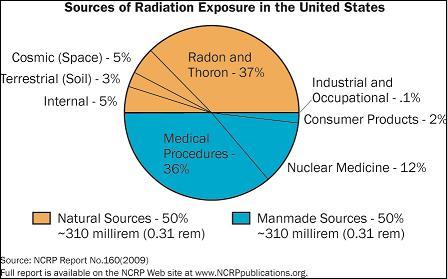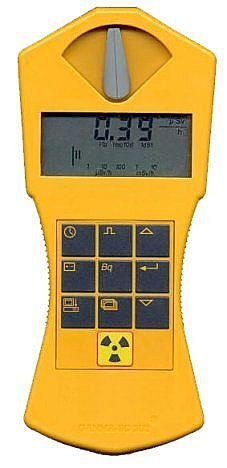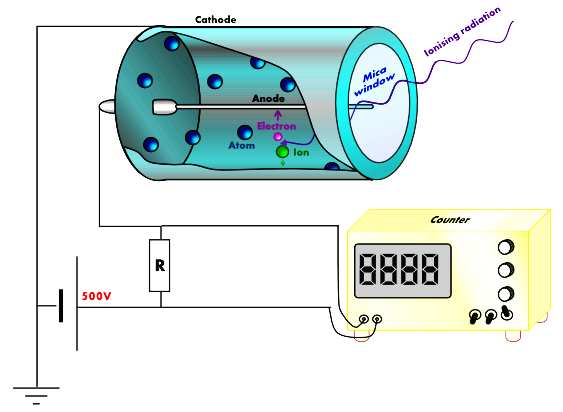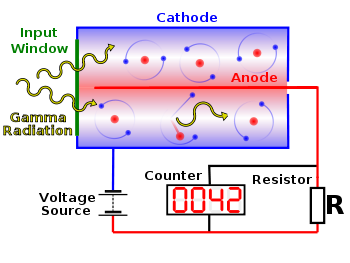Continuing concern over radiation exposure sparked by the Fukushima disaster has led to a number of programs to monitor radiation across the United States. One of these programs is called the Radiation Network at www.radiationnetwork.com. The home page displays a map of the continental United States.
Little radiation symbols on the map show the location of nuclear installations. There are colored circles on the map which indicate a location where someone is monitoring radiation The orange circles show local stations, the yellow circles indicate remote monitoring stations. There are white disks for simulated monitoring stations and yellow circles with triangles on top to indicate mobile monitoring stations. A red circle will show where there has been a radiation alert issued.
The number in the colored circles indicates the counts per minute (CPM) registered on Geiger counter at the monitoring station. Measuring radiation is complicated but for the moment 120 CPM would be equivalent to about 1 microsievert. (μSv). The alert level for the map is over 100 CPM or about .84 μSv. There is a date and time stamp at the bottom of the map which gives the date and time in Arizona when the map was last updated. The usual update rate is every few minutes.
Email to the Radiation Network site is answered on the Messages page which will also have messages about alerts. There is also an additional page that shows monitoring stations in Alaska and Hawaii. There are additional pages for Europe, South America and Japan. These maps outside the United States only have a few monitoring stations.
If you want to join the site and begin uploading monitoring data, first you need to purchase one of the compatible Geiger counters. Currently this is the list of counters: The Geiger, Monitor 4 (yr 2008 redesign), Radalert, Radalert 50, Radalert 100, Digilert 50, Digilert 100, palmRAD, CRM-100, Inspector, Inspector EXP, Images SI models, PRM-8000. Many of these are available at www.GeigerCounters.com. Other counters that have pulse output through a data or audio port may be compatible. Second, you need the GeigerGraph software and a data cable, also available from www.geigercounters.com/NetworkVersion.htm. Third, a computer with these minimum system requirements: Windows operating system, Pentium processor, CD-ROM drive, serial port or USB port with serial adapter, additional ports for GPS use, 1 GB RAM, 75 MB of hard disk space, 16-bit or higher color, and Internet Explorer 4 or higher. Fourth, you need access to the Internet. Go to the website www.geigercounters.com/NetworkVersion.htm and register your monitoring station.
If you choose to participate in this radiation monitoring network, it will tie up your Geiger counter which will, in essence, become a dedicated monitoring device connected directly to the network and uploading local radiation level information from moment to moment.
Radiation Network Map:







